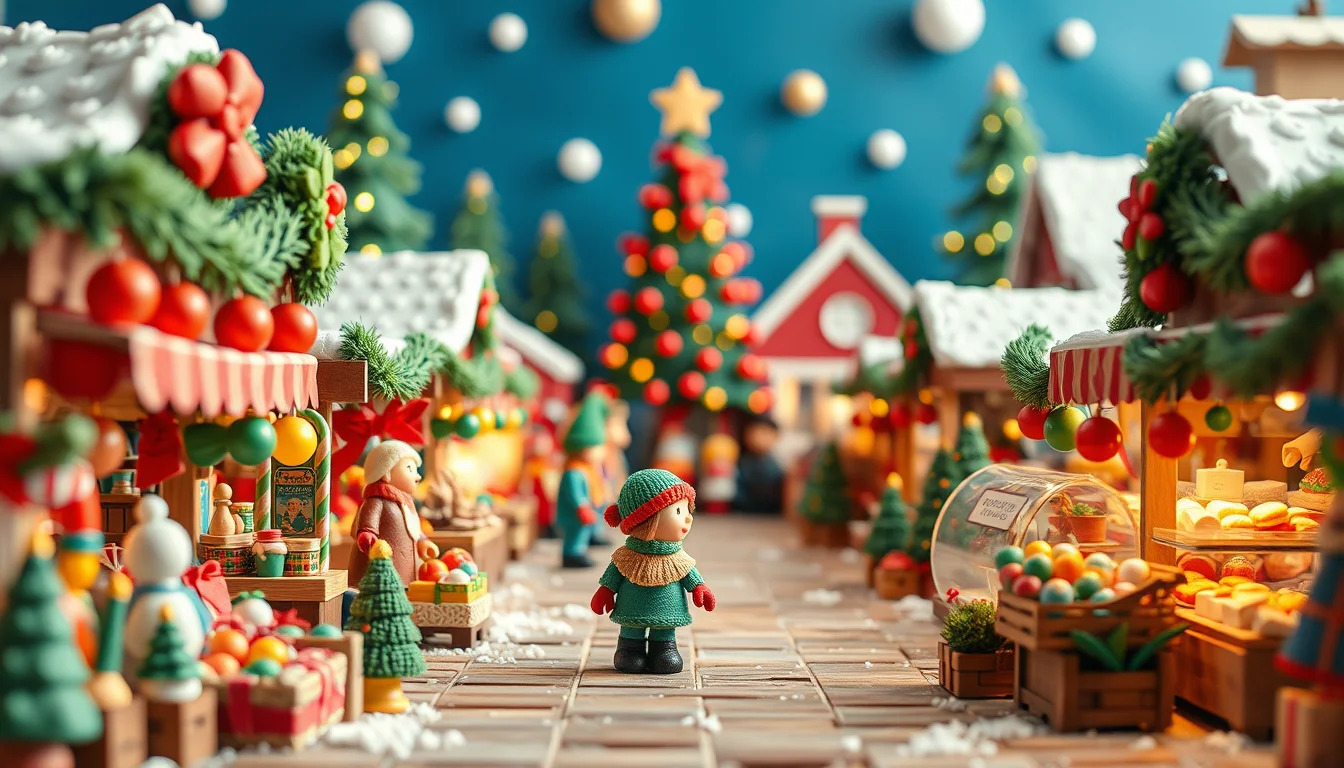
Artistic rendering – Event may differ
Chiba City New Year's Hatsumode 2025
Embark on a spiritual journey this New Year at Chiba City's most revered shrines. Experience the profound tradition of Hatsumode, offering prayers for a prosperous year ahead. Discover unique rituals, ancient architecture, and the spiritual heart of Chiba at sites like the grand Chiba Shrine, the historic Inage Sengen Shrine, and the auspicious Kemiagawa Shrine.
What to Expect
Traditional Japanese New Year's shrine visits across multiple historic sites.
Know Before You Go
- Tickets: FREE
- Parking: Parking availability varies by shrine. Some offer free parking, others have paid options or nearby partnerships. Chiba Shrine has no parking.
- Pets: No pets allowed
Other Christmas Events Near Chiba
Local Insight & Ratings
Family Friendly
Best For
Families, cultural explorers, spiritual seekers
Vibe
Traditional, spiritual, communal, festive
Energy Level
Low to medium
Budget
FREE
Photo Friendly
Weather Sensitivity
Low
Special Events & Promotions
- Noh-mai Myoken Raisan (Chiba Shrine, Dec 28)
- Toshikoshi no Oharai-shiki (Chiba Shrine, Dec 31)
- Geishun Daiko (Chiba Shrine, Jan 1)
- Junizakagura (Inage Sengen Shrine, Jan 1 afternoon)
- Happo-yoke Kigan-sai (Kemiagawa Shrine, Jan 1)
- Korai-fuda Sho-no-sai (Kemiagawa Shrine, Jan 14)
- Kaiun Ganchō Daiko (Samukawa Shrine, Jan 1)
- Goma (Chiba-dera Temple, Jan 1)
Tags
Website & Socials
Location
Event Details
Duration
Varies by shrine and ceremony, but typically a few hours for the main New Year's period.
Ages
All ages
Neighborhood
Various neighborhoods within Chiba City
Timed Entry
No
Organizer
Chiba City Tourism Association
Food & Drink
Some shrines may offer traditional New Year's refreshments like amazake (sweet fermented rice drink) or hot soup during the festive period.
Quick Actions
Tips & Advice
- Arrive early on New Year's Day or visit on a weekday after the initial rush to avoid the largest crowds at popular shrines like Chiba Shrine.
- Check the specific operating hours and ceremony schedules for each shrine in advance, as they can vary and may extend beyond the traditional three days.
- Consider using public transportation as parking can be limited or unavailable at some of the more central shrines.
- Familiarize yourself with basic Hatsumode etiquette, such as purification rituals and offering prayers, to respectfully participate in the tradition.
- Carry cash for any small purchases like omamori (amulets) or for parking fees, as not all vendors or facilities may accept cards.
Frequently Asked Questions
What is Hatsumode?
Hatsumode is the first shrine or temple visit of the Japanese New Year. It's a tradition to pray for good health, happiness, and success in the year ahead.
Are there specific dates for Hatsumode?
While the main period is the first three days of January (Sanganichi), many people visit throughout January. It's recommended to visit outside of peak hours to avoid crowds.
What should I wear to a shrine for Hatsumode?
Dress respectfully. While there's no strict dress code, it's advisable to wear clean, modest clothing. Comfortable shoes are recommended as you'll likely be doing a lot of walking.
Can I make a wish at the shrines?
Yes, you can make wishes. Common practices include offering a coin, bowing twice, clapping twice, making your wish, and bowing once more. You can also purchase omamori (amulets) for specific blessings.
Are there any entrance fees for these shrines?
Admission to the shrine grounds is generally free. However, there might be fees for specific ceremonies, fortune-telling (omikuji), or purchasing amulets and charms.
Always check the official website for the most current information.
We've done our best to keep details up-to-date, but event schedules, prices, and policies can change. For the latest updates, please visit the official website or contact the organizers directly.
Contributors & Updates
Follow us for updates and more events!


